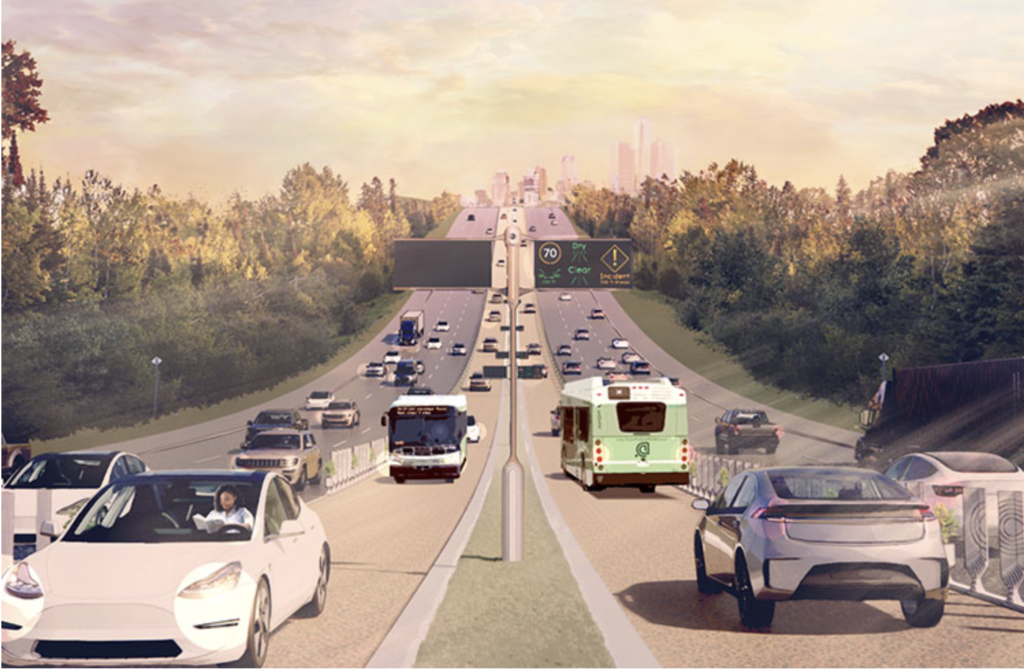Imagine cruising down a three-mile stretch of I-94 in Michigan, where the future of America’s highways is unfolding right before your eyes. This tech-enabled lane for connected and automated vehicles promises a new era of driving—one where you might actually get to sit back and relax.
Why It Matters
Back in the 1950s and 60s, the interstate highway system revolutionized transportation. Today, with cars and trucks becoming smarter, our roadways need to keep up. Modern roadside technology can enhance situational awareness for automated and semi-automated vehicles, making our roads safer, more efficient, and less congested.
The Latest Buzz
Meet Cavnue, a Washington, D.C.-based subsidiary of Alphabet’s Sidewalk Infrastructure Partners. They’ve just completed the pilot phase of a groundbreaking connected corridor in Michigan. Right now, this technology is providing real-time data on traffic, weather, potholes, obstacles, and other road conditions to Michigan’s Department of Transportation (MDOT).
Looking Ahead
In the long run, this system will deliver vital information directly to connected and automated vehicles traveling in dedicated lanes along a 40-mile stretch of I-94 between Detroit and Ann Arbor. The vision? Cars and roads working together for smoother, more efficient transportation.
Zooming In
Another smart corridor is set to open soon near Austin, Texas—a hotbed for driverless trucking development. In both Michigan and Texas, Cavnue’s technology will offer vehicles crucial insights about the road ahead, boosting confidence and speeding up the safe deployment of fully driverless cars and trucks.
How It Works
Every 200 meters along these “smart” roadways, you’ll find technology poles equipped with sensor pods, compute pods, and advanced communications gear. Currently, cameras observe the roadway, but radar might be added later. These cameras feed real-time insights using AI and machine learning algorithms, identifying hazards like stalled vehicles, accidents, animals, or sudden downpours.
Alerts are then sent to MDOT and connected vehicles, helping drivers—human or robotic—prepare for potential slowdowns, thus reducing congestion and emissions. This system also aids road authorities in improving maintenance and incident response times.
The Bigger Picture
While not all vehicles can currently communicate with roadside infrastructure, even if just 1 in 100 cars respond to alerts, the overall time spent in “phantom” traffic jams could be significantly reduced. By the early 2030s, Cavnue expects half of all cars to have some level of automation.
In Their Words
“Cavnue’s completion of the pilot project on I-94 between Ann Arbor and Detroit keeps Michigan at the forefront of mobility,” said Michigan Governor Gretchen Whitmer.
What’s Next
Cavnue is gearing up to launch two more connected corridor projects: another in Texas and one in the Southeast. The future of our highways is bright, and it’s already beginning to take shape.
In A Nutshell . . .
In California where we have traffic overload and many phantom slow downs, this amazing new technology peeked my antenna and I see it being a huge plus for our freeways as they work out the technology of the system in Michigan, Texas and the Southeast. Keeping you up on transportation improvements for our movement.

